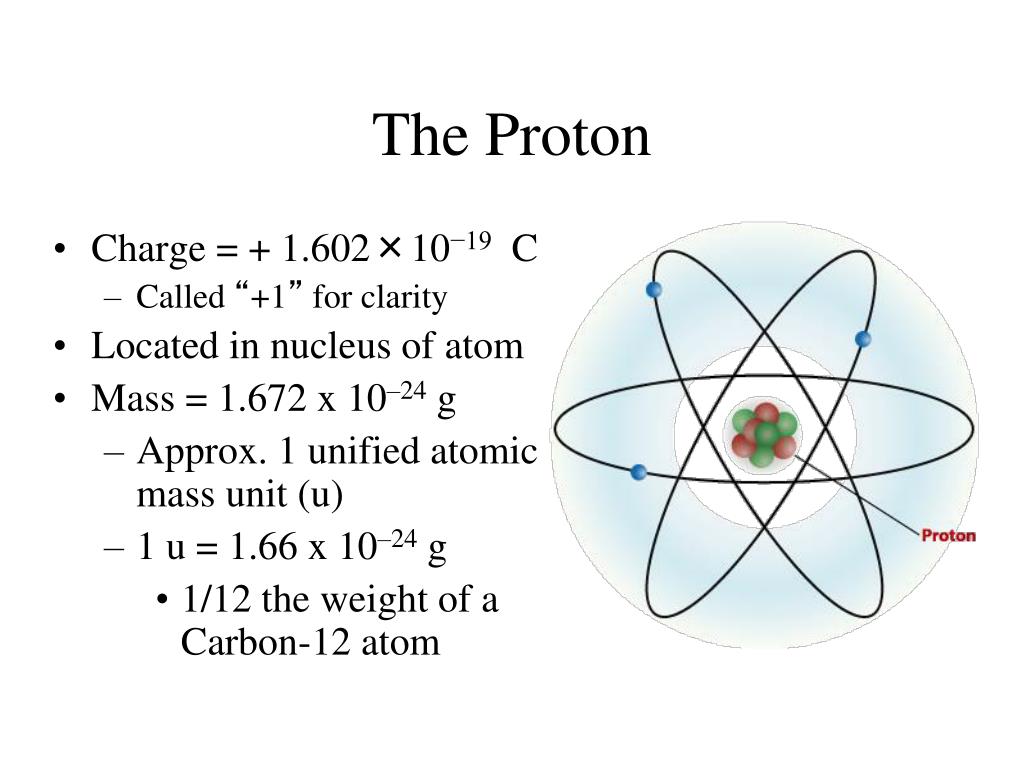

StepanyanĪrgonne National Laboratory, Lemont, IL, USA Thomas Jefferson National Accelerator Facility, Newport News, VA, USAĮ. University of Virginia, Charlottesville, VA, USA Idaho State University, Pocatello, ID, USA Mississippi State University, Mississippi State, MS, USAĭ. North Carolina A&T State University, Greensboro, NC, USAĪ. C 99, 044303 (2019).ĭuke University and Triangle Universities Nuclear Laboratory, Durham, NC, USA Proton charge radius from electron scattering data using dispersively improved chiral effective field theory. Robust extraction of the proton charge radius from electron–proton scattering data.

How analytic choices can affect the extraction of electromagnetic form factors from elastic electron scattering cross section data.

Realistic transverse images of the proton charge and magnetic densities. Simple parametrization of nucleon form factors. Empirical fit to precision inclusive electron–proton cross-sections in the resonance region.
A proton charge generator#
A new event generator for the elastic scattering of charged leptons on protons. Radiative corrections beyond the ultra relativistic limit in unpolarized ep elastic and Møller scatterings for the PRad experiment at Jefferson Laboratory. The CEBAF large acceptance spectrometer (CLAS). on Calorimetry in Particle Physics (eds Cecchi, C. A high performance hybrid electromagnetic calorimeter at Jefferson Lab. High Precision Measurement of the Proton Charge Radius. Consistency of electron scattering data with a small proton radius. Proton radius from electron scattering data. Extraction of the proton radius from electron–proton scattering data. Theory of the 2S–2P Lamb shift and 2S hyperfine splitting in muonic hydrogen. Proton polarizability contribution: muonic hydrogen Lamb shift and elastic scattering. Defining the proton radius: a unified treatment. Validity of the Weizsäcker–Williams approximation and the analysis of beam dump experiments: production of an axion, a dark photon, or a new axial-vector boson. CODATA recommended values of the fundamental physical constants: 2010. Computing the nucleon charge and axial radii directly at Q 2 = 0 in lattice QCD. CODATA recommended values of the fundamental physical constants: 2018. Proton structure from the measurement of 2S–2P transition frequencies of muonic hydrogen. CODATA recommended values of the fundamental physical constants: 2014. High-precision determination of the electric and magnetic form factors of the proton. New measurement of the 1S–3S transition frequency of hydrogen: contribution to the proton charge radius puzzle. The Rydberg constant and proton size from atomic hydrogen. CODATA recommended values of the fundamental physical constants: 2006. In addition, our finding agrees with the revised value (announced in 2019) for the Rydberg constant 8-one of the most accurately evaluated fundamental constants in physics. The smaller r p we have now measured supports the value found by two previous muonic hydrogen experiments 1, 7. Our result, r p = 0.831 ± 0.007 stat ± 0.012 syst femtometres, is smaller than the most recent high-precision e–p measurement 5 and 2.7 standard deviations smaller than the average of all e–p experimental results 6. We used a magnetic-spectrometer-free method along with a windowless hydrogen gas target, which overcame several limitations of previous e–p experiments and enabled measurements at very small forward-scattering angles. Here we report on the proton charge radius experiment at Jefferson Laboratory (PRad), a high-precision e–p experiment that was established after the discrepancy was identified. In fact, there is a discrepancy between the two most recent spectroscopic measurements conducted on ordinary hydrogen 3, 4. Despite experimental and theoretical efforts, the puzzle remains unresolved. In 2010, a new method using muonic hydrogen atoms 1 found a substantial discrepancy compared with previous results 2, which became known as the ‘proton radius puzzle’. Nature volume 575, pages 147–150 ( 2019) Cite this articleĮlastic electron–proton scattering (e–p) and the spectroscopy of hydrogen atoms are the two methods traditionally used to determine the proton charge radius, r p. A small proton charge radius from an electron–proton scattering experiment


 0 kommentar(er)
0 kommentar(er)
